リスクを回避する: BMS なしで Lifepo4 バッテリーを使用する

リン酸鉄リチウム (LiFePO4) 電池 are increasingly becoming the preferred energy storage solution for a variety of applications. They have an excellent safety profile and offer high performance with minimal maintenance requirements, making them ideal for use in consumer electronics and industrial automation systems.
However, these advantages come at a cost - LiFePO4 batteries require careful management to ensure optimal operation and longevity. Without proper monitoring and protection, they can suffer from degradation or even catastrophic failure due to overcharging or overheating. In this article, we will explore the implications of using LiFePO4 without Battery Management System (BMS) technology.
The BMS is designed to monitor and regulate all aspects of battery performance and behavior during charging and discharging cycles. Its purpose is to protect the battery from damage caused by excessive current draw, voltage surge, temperature fluctuations, prolonged deep discharge cycles, over-voltage conditions, etc.
This system ensures that all cells within the pack remain balanced in terms of charge/discharge capacity throughout their lifespan. By providing continuous real-time data about the state of health of each cell within the pack as well as overall pack status information, it helps increase reliability while reducing operational costs associated with premature バッテリーの故障.
However, not everyone has access to sophisticated BMS technology due to either economic constraints or a lack of knowledge on how to implement such a system correctly into their particular application. As such there are many occasions when users opt out of installing a BMS altogether and instead rely solely on basic charger circuitry for managing their LiFePo4 packs.
While this may work in some cases where carefully monitored operating parameters are maintained at all times; it carries considerable risk under less-than-ideal circumstances which could lead to costly repair bills or even worse loss of life if deployed in mission-critical scenarios like electric vehicles or medical equipment power supplies.
Therefore it is important to understand the potential hazards before opting for a 'no BMS' approach when powering devices with LiFePo4 batteries.
Definition Of Lithium Iron Phosphate Battery
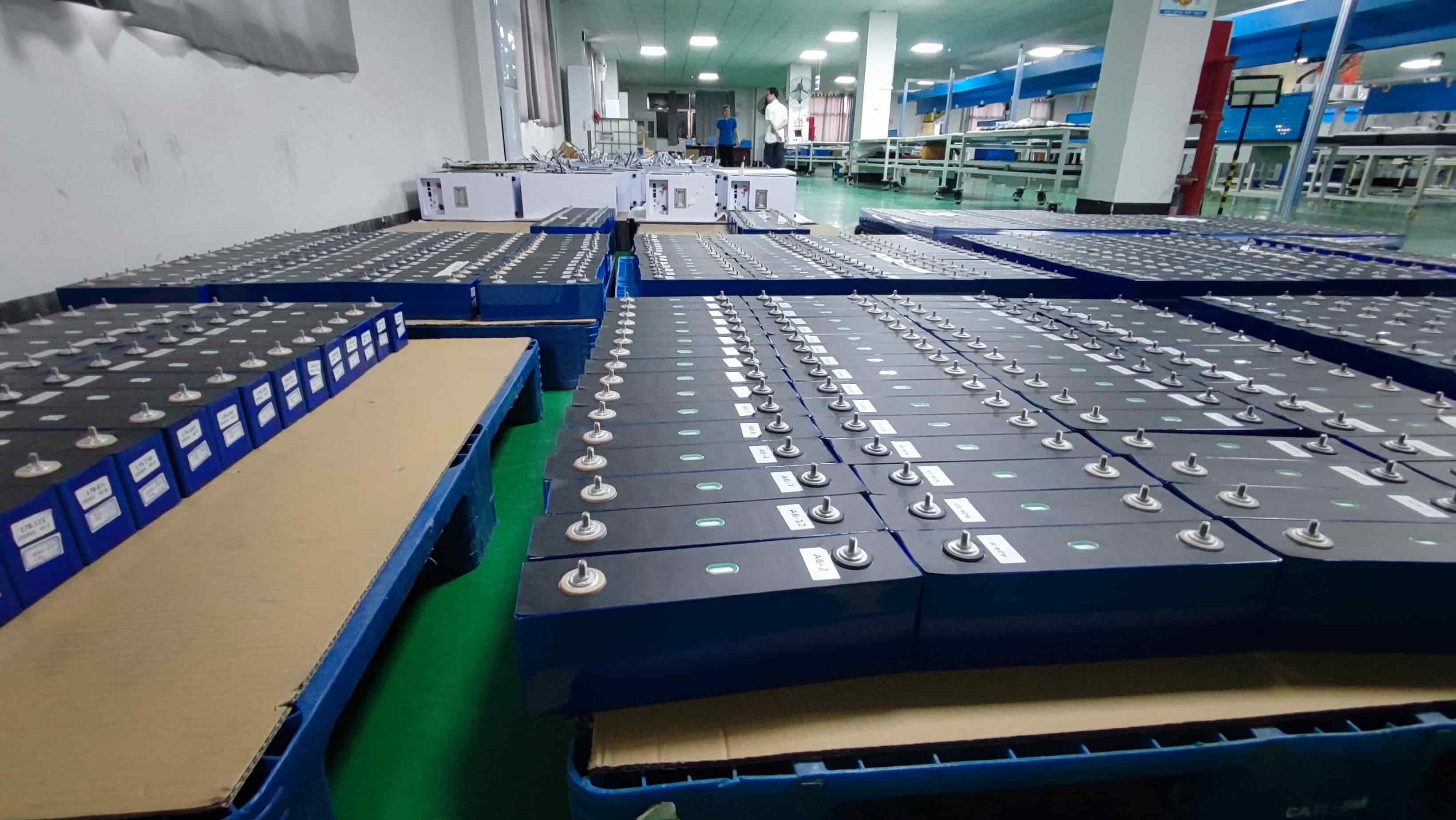
Lithium Iron Phosphate (LiFePO4) is a type of rechargeable battery widely used in the automotive and power tool industries. This technology has been developed over the last decade due to its unique advantages such as high energy density, low cost, long cycle life and thermal stability.
The chemistry of LiFePO4 consists of lithium ions embedded within an iron-phosphate lattice structure that provides improved safety compared to other lithium chemistries.
The most notable benefit of LiFePO4 batteries are their ability to deliver higher amounts of current for shorter periods 従来の鉛蓄電池よりも while still being able to withstand deep discharges without significant damage.
Additionally, they have excellent charge acceptance capabilities which allow them to be charged more quickly than many other types of batteries. As a result, these batteries can be recharged hundreds or even thousands of times with minimal degradation in performance over time.
Due to all these benefits, Lithium Iron Phosphate batteries are becoming increasingly popular in applications where frequent charging and discharging are necessary such as electric vehicles, grid storage systems and portable electronic devices.
They also offer much greater potential when it comes to powering industrial equipment requiring reliable operation under extreme conditions like those found on construction sites or certain remote locations. All this makes them attractive solutions for various applications ranging from consumer electronics to home energy management systems.
Lifepo4 バッテリーの利点
LiFePO4 (Lithium Iron Phosphate) batteries have become increasingly popular due to their high energy-to-weight ratio, increased safety and longer life cycle. According to recent estimates, LiFePO4 batteries are expected to account for almost 70% of all リチウム ion battery production by 2027.
With these advantages in mind, let us explore the benefits of using a Lifepo4 battery without a Battery Management System (BMS):
One key benefit is that LiFePO4 cells can be used safely at 気温 as low as -20°C (-4°F), making them ideal for use in extreme environments or during cold winter months.
さらに、 LiFePO4電池 feature excellent charge acceptance rates even when discharged deeply. This allows users more flexibility with usage cycles and reduces stress on the cells themselves, leading to an extended lifespan over other types of batteries such as 鉛蓄電池 or Nickel Metal Hydride models.

The combination of higher power delivery capabilities with superior longevity makes LiFePO4 batteries particularly attractive for applications that require frequent cycling at high currents. Examples include electric vehicles, solar storage systems, power tools and medical equipment where reliability is paramount.
Furthermore, LiFePO4 cells offer improved resistance against vibration and shock damage compared to other chemistries, allowing them to survive punishing conditions while still providing reliable performance. This also makes them well-suited for portable devices such as phones and laptop computers that may experience knocks or bumps during transport.
In short, Lifepo4 technology offers numerous advantages including better temperature tolerance, greater charge acceptance rates, fast discharge times and superior mechanical stability; making it an invaluable choice for powering critical systems which demand reliable & efficient operation under any condition.
Lifepo4バッテリーの欠点
LiFePO4電池, while offering some advantages over other types of lead-acid batteries, come with several drawbacks that must be considered when determining the most suitable battery for a given application.
The downside to using LiFePO4電池 is the high price tag associated with them. While they may offer improved performance in certain applications versus traditional lead-acid technologies, they also can be much more expensive per cell or module than alternatives such as 株主総会 また Gel テクノロジー。
This means that users need to carefully weigh up whether any additional power gains justify the added expense before making a purchase decision.
And although LiFePO4 cells have better power output capabilities than standard lead acid designs, they still tend to lack the same level of peak current output which could limit availability in certain situations where large loads are required on demand.
Furthermore, unlike traditional lead acid solutions which allow fast recharging times from depleted states, LiFePo4 chemistries typically take longer periods to return back to full capacity levels after heavy use - thus increasing downtime for critical operations.
Types Of BMSs
Battery Management Systems (BMSs) are essential components in the operation and maintenance of lifepo4 batteries. BMSs serve to protect batteries from 過充電, overheating, deep discharging, and other conditions that can cause damage or reduce battery life. There are several types of BMSs available on the market today; they range from basic systems to more advanced smart BMSs with cell-balancing capabilities.
The following table displays various features of different types of BMSs:
| タイプ | Features |
|---|---|
| Basic | Overcharge/deep discharge protection |
| Temperature monitoring | |
| リチウム | Voltage monitoring |
| Current limiting | |
| Smart | Cell balancing |
| ブルートゥース | Data logging |
A basic BMS is a relatively simple system that provides protection against overcharging and deep discharging, as well as temperature monitoring. This type of system does not provide any additional functionality such as voltage or current limiting for further protection. For this reason, it is best suited for low-power applications where cost is a major factor.
Lithium BMSs are designed specifically for use with Li-ion cells and offer enhanced features such as voltage monitoring, current limiting, and cell equalization (balancing). These systems offer superior performance compared to their basic counterparts due to the additional features they possess, but they come at an increased cost.
Smart Battery Management Systems (smart BMS) feature all the benefits of normal BMSs plus some added advantages such as cell balancing via Bluetooth connection, data logging capability and remote access control options through smartphone apps.
They also have advanced safety functions which allow them to detect potential issues before they become serious problems. Smart BMSs offer an easy way to monitor your battery’s health without having to open up the case yourself and inspect each individual cell manually making them ideal for large-scale installations or high-powered projects where accuracy and reliability are paramount considerations.
How is the BMS Work
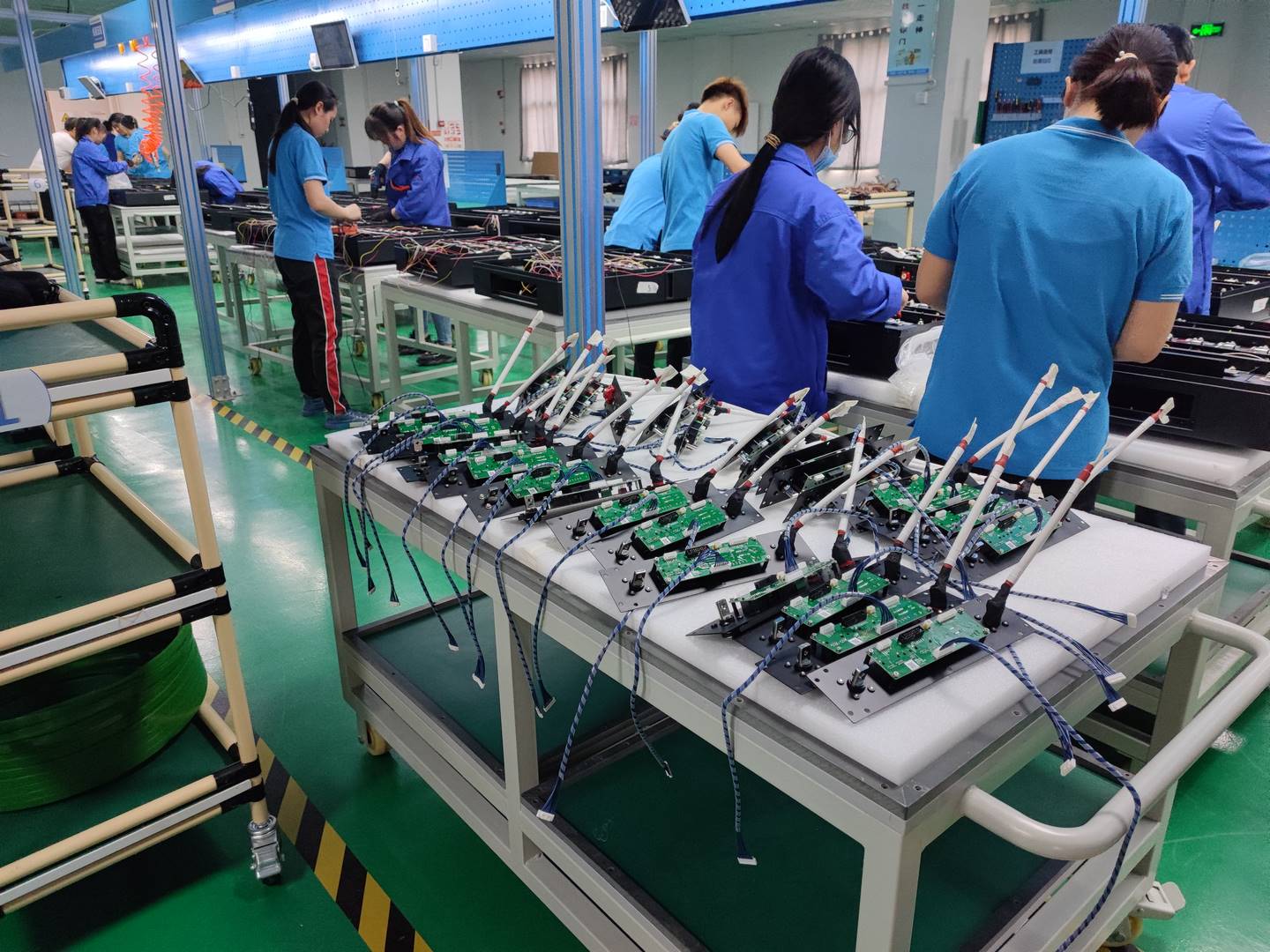
A battery management system (BMS) is an essential component of a lifepo4 バッテリー. It provides advanced control and protection to the cells, ensuring their safe operation and prolonging their lifespan. The BMS monitors and regulates all aspects of the battery’s performance including cell balancing, charge/discharge cycle tracking, overvoltage/Undervoltage detection, temperature monitoring, short circuit prevention, and more.
The primary function of a BMS is to ensure that each individual cell within a pack remains at its optimal voltage level. This prevents one or more cells from becoming over-charged or under-charged which can cause significant damage to the entire system.
A well-designed BMS also allows for precise configuration of charging parameters such as maximum charge current, minimum discharge current and other parameters specific to the particular application. In addition, it can provide real-time feedback on the status of each cell in order to facilitate accurate diagnosis should any issues arise.
For applications requiring additional safety features, some BMS designs offer integrated fire suppression systems or even remote shutdown capabilities. As such, incorporating a reliable BMS into your lifepo4 バッテリー system is crucial for ensuring its efficient and long-term performance with minimal risk of failure due to improper handling or maintenance.
に maximize the overall efficiency and lifespan of your lifepo4 cells it is important that you select the appropriate BMS for your system configuration.
Benefits Of Using A BMS
The use of a Battery Management System (BMS) provides numerous benefits to a LifePO4 battery. With an effective BMS in place, the overall performance of the system will be improved and better battery longevity can be achieved. Furthermore, enhanced safety features are also provided by using a BMS.
Below are some of the main advantages of implementing a BMS:
- Improved system performance a well-configured and balanced BMS ensures that every cell within the battery pack is charged equally, thus avoiding overcharging or undercharging any single cell which could lead to premature deterioration or permanent damage.
- Better battery longevity - A properly functioning BMS will help protect against deep discharge cycles, thereby increasing the life expectancy of cells within the battery pack.
- Enhanced safety features - By monitoring voltage levels and temperature readings it is possible to identify any potential issues before they become more serious. The addition of short circuit protection and other safeguards adds another level of security when dealing with high-power LiFePO4電池.
- Improved battery charging - Through active current balancing during charge cycles it is possible to improve upon traditional CC/CV methods used by many conventional chargers, further extending the lifespan of each individual cell within the pack as well as ensuring efficient use of energy throughout its lifetime.
- Reduced user intervention - By taking away much of the manual labor associated with checking individual cells for irregularities it is possible to save time and money while making sure all components remain in peak condition at all times without regular maintenance or calibration checks being required from users.
In summary, utilizing a BMS helps extend the useful life span of a LiFePO4 battery along with providing superior performance due to increased accuracy and efficiency compared to non-monitored systems; all while adding additional layers of safety protection through advanced monitoring capabilities.
Drawbacks Of Using A BMS
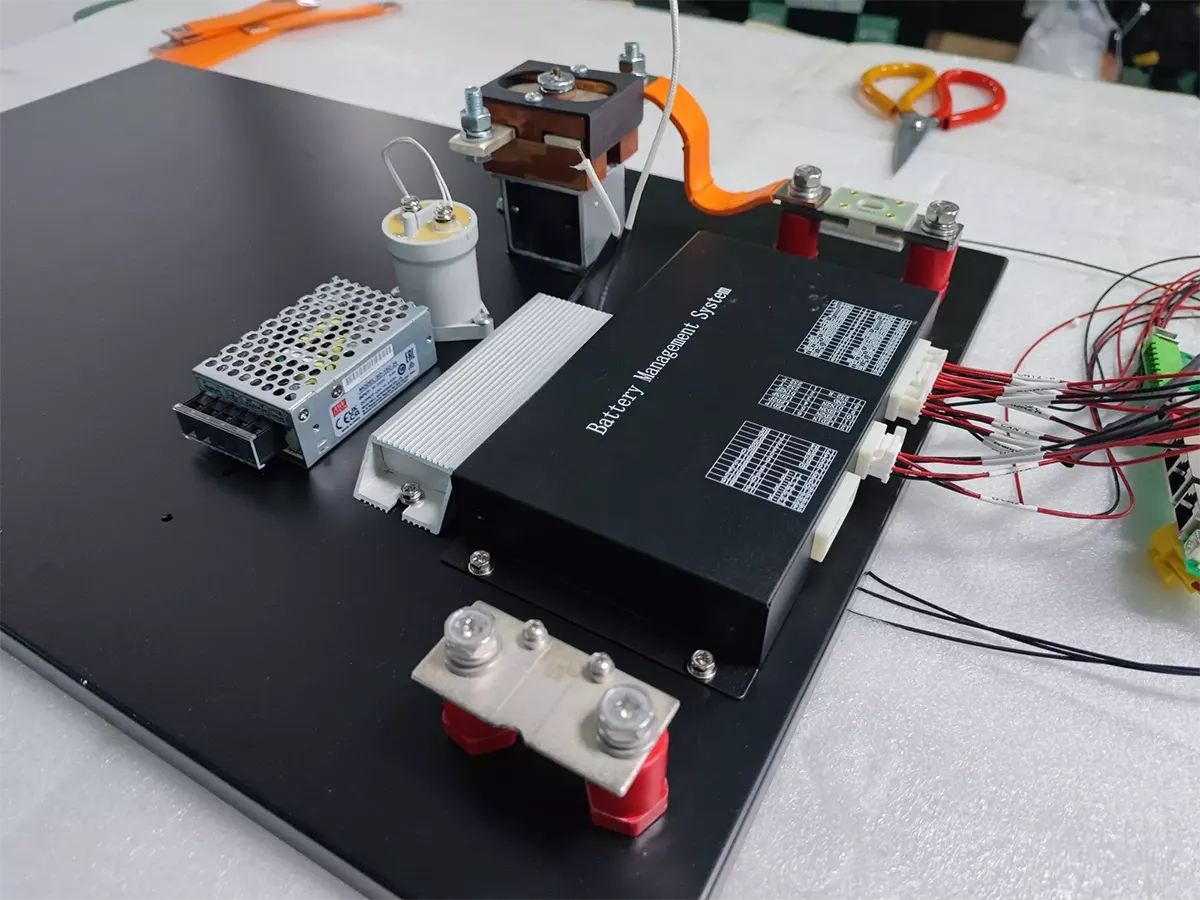
One of the drawbacks of using a BMS for LiFePO4電池 is its cost. A BMS can be expensive to purchase and install, adding an additional financial burden on top of the already high cost of these batteries. Additionally, a BMS adds weight to the battery system as it requires additional wiring and hardware components which makes them heavier than their counterparts without a BMS.
Another disadvantage is that due to limited capacity, many BMS systems are unable to support larger LiFePO4バッテリー banks. This limits the amount of energy storage available in a single system and reduces overall reliability due to reduced redundancy within the battery bank itself.
Finally, a lack of protection from certain types of failure modes makes LiFePO4 batteries without BMSs less safe when compared with those equipped with one. These safety issues may include 過放電 or thermal runaway which could lead to catastrophic failures such as fire or explosions if not addressed properly.
| 欠点 | 説明 |
|---|---|
| Expensive | Can be costly to purchase and install |
| 重い | Additional wiring/hardware increases the weight |
| Limited Capacity | The inability to support larger battery banks reduces energy storage & reliability |
| Reliability Issues | Reduced redundancy within battery bank leads to potential problems |
| Limited Safety | Lack of protection from some failure modes results in increased risk |
Risks Associated With No-BMS Setups
When using a lithium iron phosphate (Lifepo4) battery without a Battery Management System (BMS), there are numerous risks that should be taken into consideration. These include:
- Battery Failure - When used without the protection provided by a BMS, overcharging or discharging can cause irreversible damage to the cells of the battery, leading to failure and potentially hazardous conditions.
- Battery Damage - Without proper monitoring in place, it is difficult to detect any issues that may arise with the batteries before they become serious problems. Such issues could lead to permanent damage, reducing cell performance and potential safety hazards such as an electrical fire.
- Electrical Fire - A lack of temperature control while charging or discharging can result in thermal runaway which leads to excessive heat generation within the cells and eventually sparks an electrical fire if not addressed immediately.
- Overall Safety Risk - Generally speaking, when operating Lifepo4 バッテリー without a BMS, users risk compromising their own personal safety due to inadequate protection from power surges or other unforeseen circumstances caused by mismanagement of the system itself.
Ultimately, given these risks associated with no-BMS setups, it is highly recommended for all users of Lifepo4 batteries utilize some form of protective measures such as fuses or circuit breakers in order to ensure safe operation and prevent any catastrophic events from occurring.
Additionally, regularly monitoring voltage levels during use will help inform users about any irregularities present so appropriate action can be taken quickly and efficiently. In essence, taking precautions against potential dangers posed by no-BMS systems is essential for maintaining long-term reliability and user safety at all times.
Choosing The Right Cells For Your Setup

Undeniably, selecting the right cells for your lifepo4 バッテリー セットアップは、成功を達成するための必須のステップです。これは、文字通りプロジェクトの成否を左右する決定です。考慮すべきオプションや変数が非常に多いため、どのセルが自分や自分のニーズに最も適しているかを判断するのは大変な作業です。心配はいりません。少しの知識があれば、適切なセルを選択することはそれほど困難な作業ではありません。
良いスタートを切るには、まず何をすべきか考えましょう バッテリーを使用する予定のアプリケーションの種類 これは、選択肢を絞り込むのに役立ち、さまざまな細胞タイプを調査する際のガイダンスを提供します。
例えば、電気自動車は通常、高い電力密度と容量を必要としますが、 太陽光エネルギー ストレージ システムは、生の電力出力よりも効率を重視する傾向があります。これを事前に知っておくと、これらの基準を満たすバッテリーを見つけやすくなり、後々の潜在的な互換性の問題を回避できます。
さらに、各セルに関連付けられている安全評価と全体的な放電率にも細心の注意を払ってください。 Lifepo4 バッテリー 一般的に、低温のほうがパフォーマンスは向上しますが、予想される発電量に応じて追加の冷却が必要になる場合があります。これらすべての要素を考慮すると、設置が完了したらすべてがスムーズに実行されるようになります。
言うまでもなく、あなたのニーズに最適なセルを選ぶことは lifepo4 バッテリー セットアップには相当の考慮と労力が必要ですが、事前に十分な注意を払っておくことで、ミッションクリティカルなアプリケーション専用に構築されたコンポーネントを選択したという安心感が得られます。
システムを適切に構成する
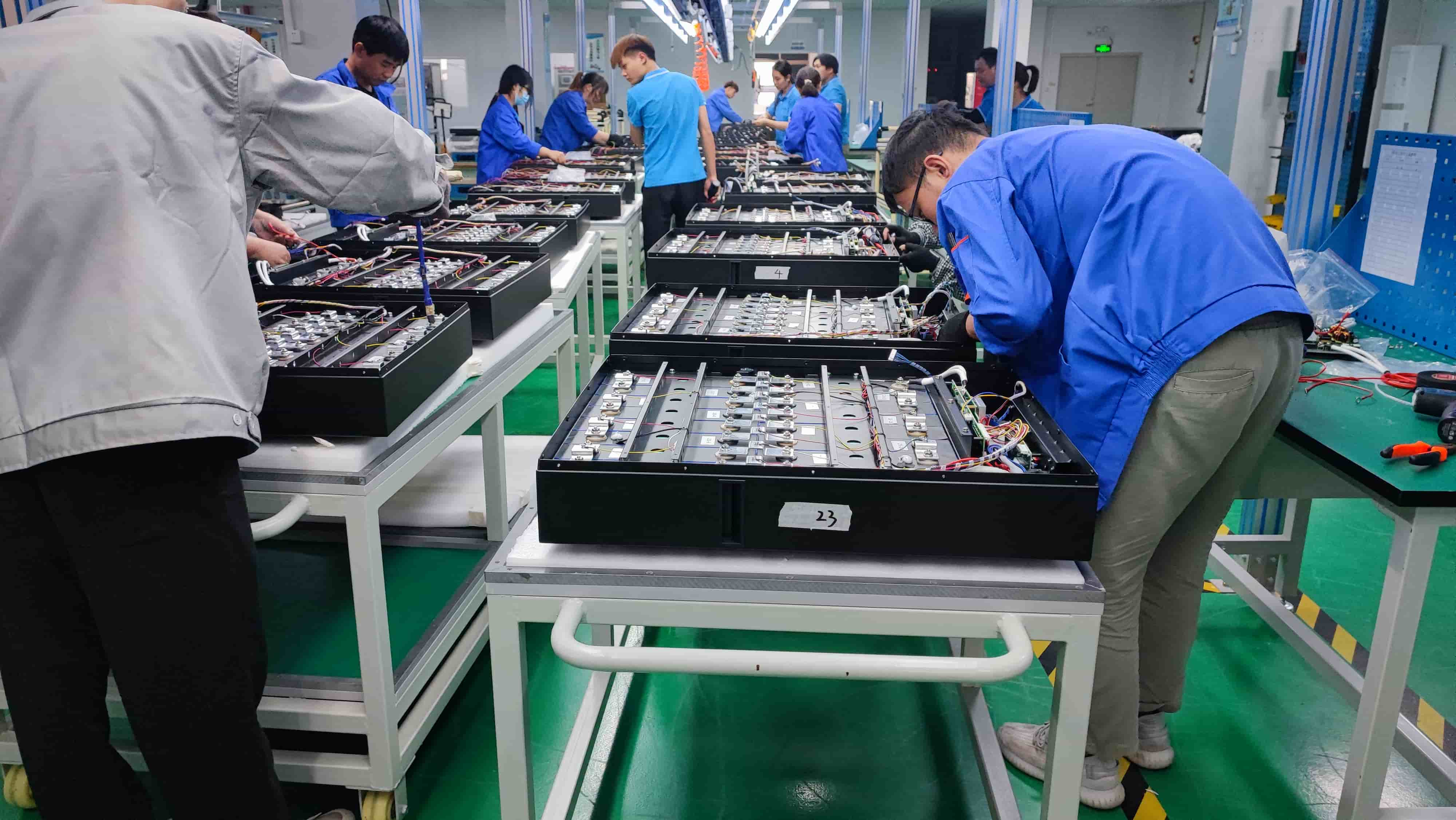
使用する場合 LiFePO4バッテリー BMSがない場合、システムが正しく構成されていることを確認することが重要です。これには、正しい構成パラメータを設定し、システムのすべてのコンポーネントが正しく接続され、最適に動作していることを確認することが含まれます。適切な設定は、効率、パフォーマンス、および安全性を最大限に高めるのに役立ちます。 安全性 予期しないシャットダウンや故障によるダウンタイムを最小限に抑えます。
システムを最適に動作するように構成するための最初のステップは、製造元のガイドラインや必要な使用要件に基づいて適切な構成パラメータを設定することです。
これらには、電圧制限、電流制限、温度しきい値、充電速度、放電速度、その他の変数などの設定が含まれます。また、周囲温度や負荷レベルなどの条件に応じて、特定の設定を調整する必要が生じる場合もあります。
構成パラメータが確立されたら、バッテリー、制御システム、電源など、システムのさまざまなコンポーネント間の接続を確認することが重要です。
すべての配線は、ほつれた端や露出した導体がなく、しっかりと接続されている必要があります。端子はしっかりと締められ、腐食がないようにしてください。ヒューズは、用途に適した定格である必要があります。適切な接続を確保することで、放置すると損傷や火災の危険につながる可能性のあるショートのリスクを軽減できます。
したがって、 BMSなしのLiFePO4バッテリーシステム 最良の結果を得るために、使用前に適切な構成が行われます。
事前に時間をかけてメーカーの仕様に従って適切に構成することで、ユーザーは、使用期間全体にわたって最大限のパフォーマンスと信頼性が得られるようにセットアップが最適化されていることを知り、安心していただけます。
システムのバランスをとる
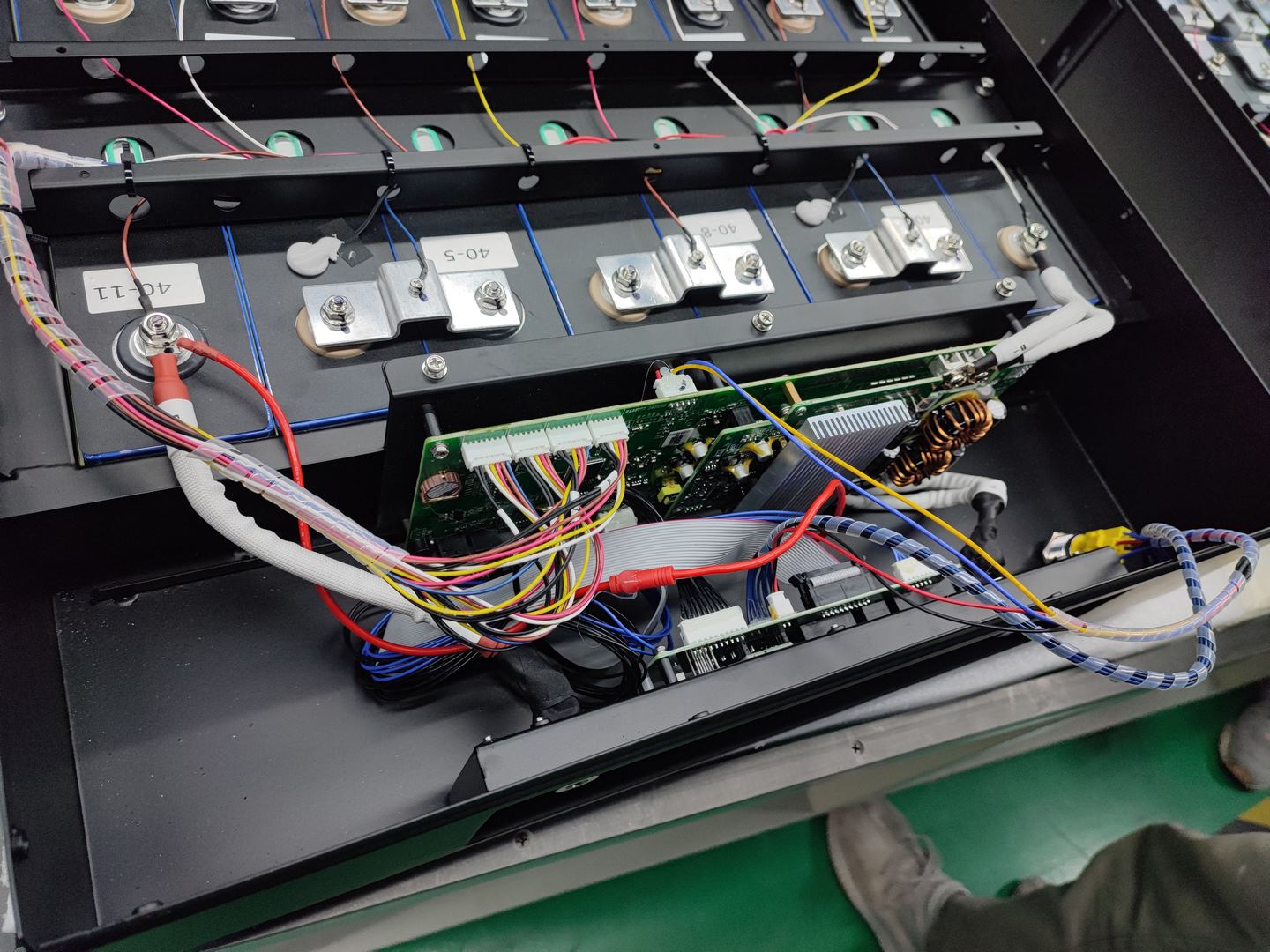
リン酸鉄リチウム (Lifepo4) バッテリーを使用する場合、システムのバランスをとることが最適なパフォーマンスを達成するための重要な要素です。充電および放電プロセス中、すべてのセルの電流レベルが変化するため、セルは自然に不均衡になります。これにより、全体的な容量の低下、サイクル寿命の短縮、さらにはバッテリー全体の損傷や破壊につながる可能性のある危険な状況が発生する可能性があります。
これらの問題の発生を防ぐためには、いくつかの電気または電力バランス調整方法を通じて Lifepo4 セルのバランスをとることが重要です。
電気バランスは、充電および放電サイクル中にセルの電圧レベルを積極的に均等化することで機能しますが、電力バランスは抵抗器を使用して各セルが受け取るエネルギーの量を調整します。両方の技術はセルのバランスを保つのに効果的であり、最良の結果を得るには、互いに組み合わせて使用する必要があります。
バッテリーバランスは、最高のパフォーマンスを維持し、サイクル寿命を延ばし、LiFePO4 技術に関連する安全リスクを軽減するのに役立つため、その重要性は強調しすぎることはありません。
使用する人にとって必須の lifepo4 バッテリー アプリケーションでシステムを適切にバランスさせ、効率と信頼性を最大限に高める方法を理解してください。Lifepo4 セルを適切にバランスさせることで、途中で予期せぬ事態が発生することなく、寿命全体にわたって安全に動作することが保証されます。
システムの監視とテスト
BMSがない場合、システムの適切なパフォーマンスを確保するために、システムを監視およびテストすることが重要です。適切なマルチメーターでバッテリーセルを監視することで、不適切な接続から生じる可能性のある問題を検出できます。 LiFePO4の充電または放電 バッテリー。テストは、 容量 リチウムイオンセルの寿命と健全性。
LiFePO4バッテリーは特別な注意が必要なので、システム監視が必要です。 環境に敏感です。充電および放電サイクル中のセル電圧だけでなく、周囲温度も監視する必要があります。これらのパラメータの変化はシステム内の問題を示している可能性があるため、観察したときにはメモを取ることをお勧めします。
さらに、各セルの ESR (等価直列抵抗) を測定すると、特定の瞬間にセルがどれだけの電力を供給できるか、セル間に不均衡があるかどうかについての洞察が得られます。このデータを使用して、最適なパフォーマンスを得るために設定を調整できます。
テストの重要性 LiFePO4電池 容量テスト、電流消費量測定、内部抵抗測定、その他の種類のストレス テストなどのテストを定期的に実行することで、ユーザーはバッテリーの機能に関する貴重な洞察を得ることができ、必要に応じて調整を行って、ニーズを安全かつ効率的に満たしながらバッテリーの寿命を延ばすことができます。
システムを適切に監視およびテストすることで、ユーザーは保護のために BMS だけに頼ることなく、セットアップをより細かく制御できるようになります。こうすることで、修理コストが大幅に高くなる前に問題を検出できるため、重大な損害が発生する前に問題を検出できます。
BMS なしのセットアップのメンテナンスとケアのヒント
BMS なしのリン酸鉄リチウム (LiFePO4) バッテリーのセットアップのメンテナンスとケアには、特別な知識、スキル、注意が必要です。バッテリーのパフォーマンスと寿命を最大限に高めるには、以下に挙げるヒントに従うことが不可欠です。
| ヒント | 利点 | インパクト |
|---|---|---|
| 定期的に電圧をチェックする | システムの健全性を監視し、障害を早期に検出する | ポジティブ |
| 高温を避ける | 寿命を延ばし、熱暴走を防ぐ | ポジティブ |
| 充電時にセルのバランスをとる | セルをフル容量まで回復する | ポジティブ |
| 適切な充電器/インバータを使用する | 過電圧または低電圧による損傷を防ぐ | ネガティブ |
電圧計で定期的に電圧レベルをチェックすることで、ユーザーは機器の適切な動作を確保するための予防措置を講じることができます。 LiFePO4バッテリー バンクを最適化し、高温に起因する潜在的な問題を回避します。再充電時にセル出力のバランスをとることで、各セルを最適なレベルに戻し、システム内のすべてのコンポーネントにわたって電力出力の均一性を確保します。
さらに、互換性のある充電器やインバーターを選択する際には注意が必要です。 LiFePO4電池 過電圧または低電圧状態により永久的な損傷が発生する可能性があります。
長期使用の前に、他のものを接続する前に、まずシステム全体で充電と放電のサイクルなどの基本的なテストを実行することをお勧めします。この簡単な手順により、早い段階で問題を特定し、さらに展開する前に適切に対処することができます。
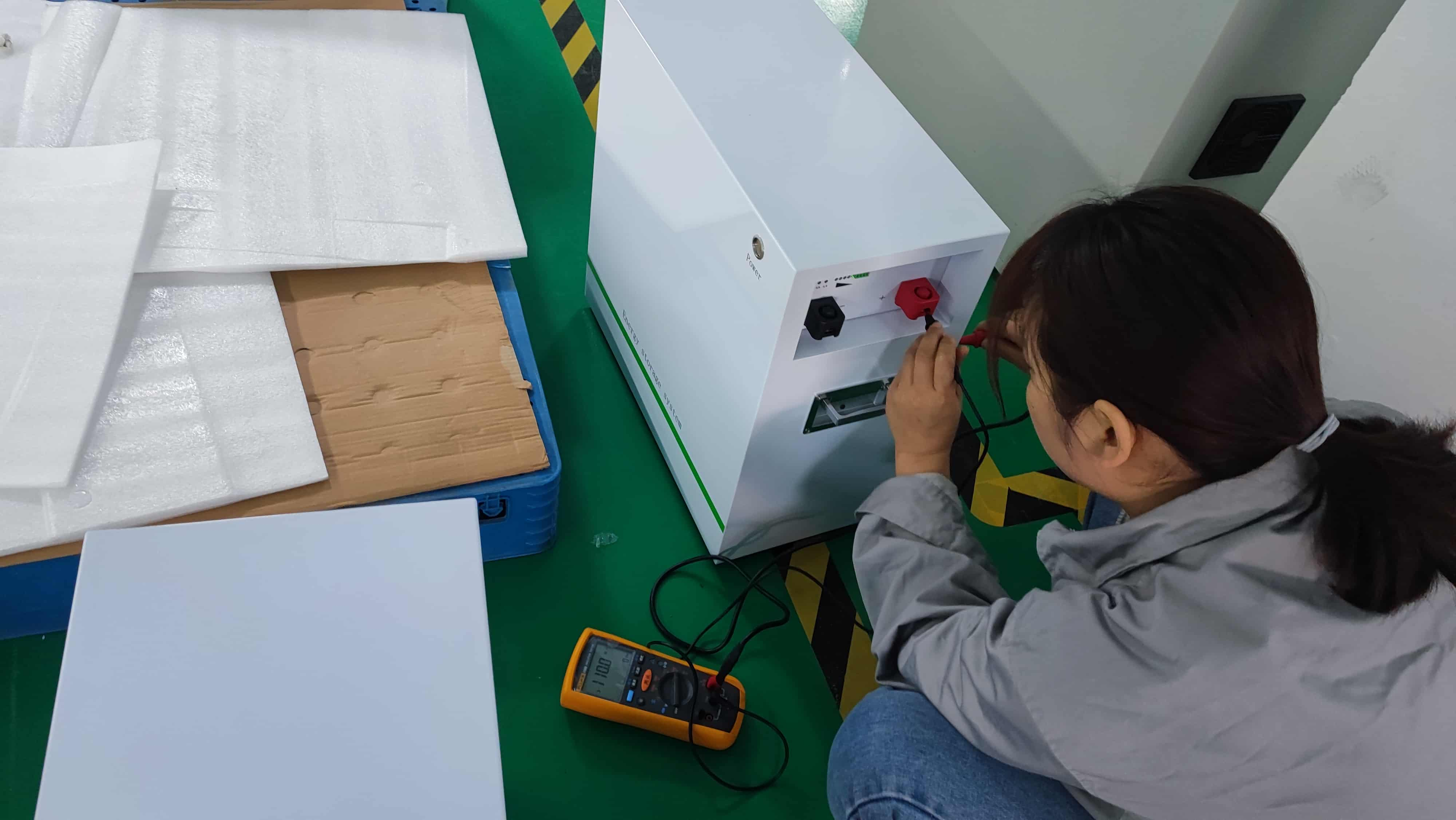
さらに、温度しきい値やピーク時の総電流消費量などの主要なパラメータに関するアラームや通知を設定することで、ユーザーは手動チェックに頼る必要が少なくなり、より安心できます。まとめると、これらの簡単かつ効果的なヒントに従うことで、BMS なしで lifepo4 を実行することに関連するメンテナンス コストを大幅に削減しながら、全体的なユーザー満足度を最適化できます。
BMS なしのセットアップの代替
lifepo4 バッテリー駆動アプリケーションにバッテリー管理システム (BMS) をインストールしたくない、またはインストールできない場合は、ある程度の保護と安全性を提供できる代替手段がいくつかあります。これらのオプションでは BMS の完全なカバレッジと制御は提供されませんが、多くのユーザーのニーズには十分である可能性があります。
まず、低コストの BMS ソリューションは、ユーザーの要件に応じてさまざまな構成で購入できます。これらのシステムには通常、電流、電圧、温度を測定するセンサーと、必要に応じて電源を切断するリレーまたはスイッチが含まれています。このタイプのセットアップにより、ユーザーはバッテリー内の状態を監視できると同時に、過充電や放電に対する追加の保護層も提供されます。
カスタムBMS設定は、より柔軟な管理を求める人のためのもう1つのオプションです。 lifepo4 バッテリーこのアプローチにより、ユーザーはマイクロコントローラやアナログ回路などの市販のコンポーネントを使用して独自の回路を設計できます。その後、カスタム回路をバッテリー パックに直接接続することで、アプリケーションのニーズに合わせてカスタマイズされた監視ソリューションを作成できます。
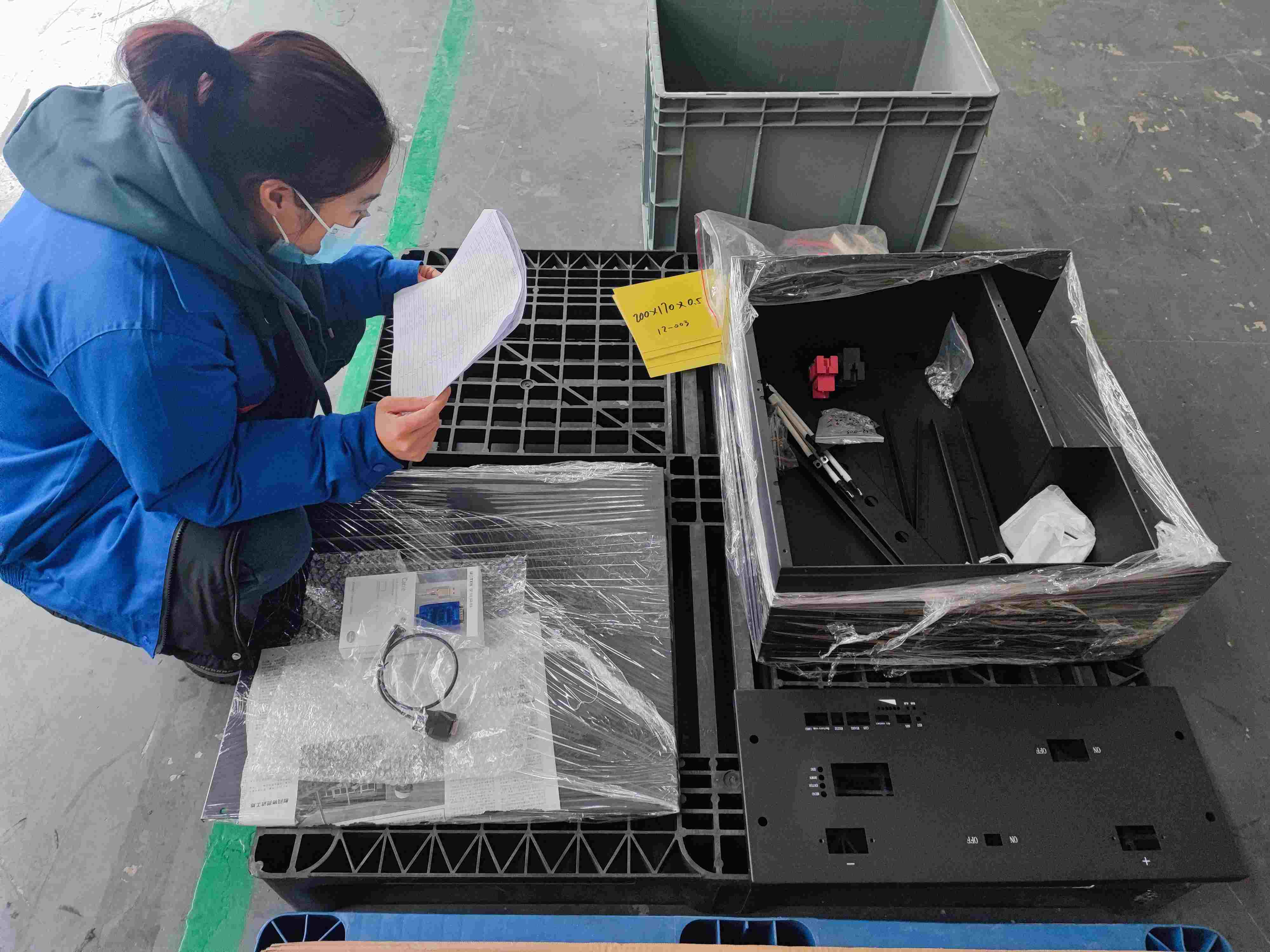
最後に、統合 BMS セットアップは、低コストとカスタム セットアップの両方の要素を組み合わせた包括的なソリューションを提供します。このタイプのシステムには、通常、充電電流を制御し、特定のしきい値で放電パスを遮断するなどして、過度の充電/放電サイクルからバッテリーを保護するように設計された、事前にプログラムされたチップセットが含まれています。さらに、多くのモデルには、動作中の安全性に関して究極の安心感を与える短絡検出機能やセル バランス機能などの機能が搭載されています。
低コストの BMS、カスタム BMS、統合 BMS、または DIY BMS など、特定のアプリケーションに最適なものを見つけるには、すべての潜在的なユーザーは、特定のソリューションにコミットする前に、まず個々の目標と予算の制限を評価する必要があります。そうすることで、選択したソリューションが最大限の効率と最適なレベルの完全な保護を提供するという安心感を得ることができます。
BMS なしのセットアップに関する安全上の注意事項
使用する場合 ライフポ4 バッテリー管理システム (BMS) の保護なしでバッテリーを使用する場合は、特定の安全対策を講じることが重要です。この予防措置のリストは、このようなセットアップで作業するときに責任ある慣行に従うのに役立ちます。
まず、特定のモデルに関連付けられている電圧レベルと充電サイクルをよく理解することが重要です。たとえば、一部のモデルでは、セルの損傷を防ぐために特別な充電手順が必要であったり、特定の放電制限があったりします。これらの仕様を理解することで、バッテリーを安全に使用し、その寿命を大幅に延ばすことができます。
次に、配線ハーネスや充電器などのコンポーネントを接続するときは、電源を入れる前にすべての接続が正確であることを必ず再確認してください。機器の配線が不適切だと、危険な電気ショートが発生し、重傷や火災の危険につながる可能性があります。また、ほとんどのバッテリーは動作中に熱を発生するため、すべてのケーブルを高温環境に適したものにすることをお勧めします。
最後に、BMSなしのセットアップを扱うときは、露出した配線や端子から可燃物を遠ざけるなど、常に注意してください。ハウジングユニット内に、高アンペアで動作しているときにショートを引き起こす可能性のある緩んだ部品がないことを確認してください。これらの手順に従うことで、BMSなしのセットアップを扱うときに安全に使用でき、安心できます。 lifepo4 バッテリー BMS 保護なし。
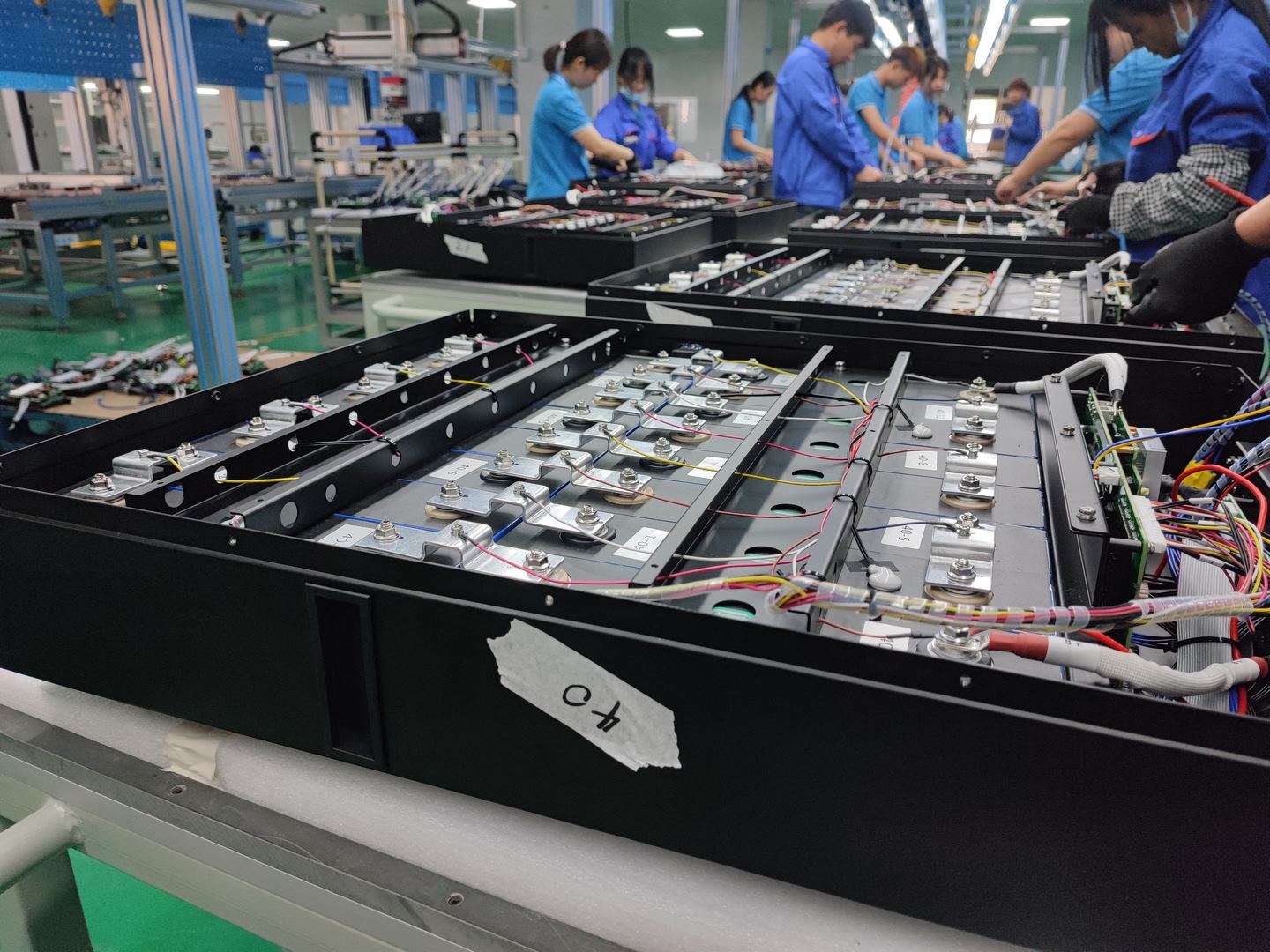
結論
リン酸鉄リチウム(LiFePO4)電池は、その数多くの利点により、さまざまな用途でますます人気が高まっています。そのため、 LiFePO4バッテリー BMS を使用しないシステム。これらの設定は特定の状況では有益でコスト効率に優れていますが、ユーザーは BMS を使用しないシステムの運用に伴うリスクを理解する必要があります。
定期的に監視とテストを行い、バッテリーを慎重にメンテナンスし、必要な安全対策を講じることで、ユーザーは安全に使用できます。 BMSなしのLiFePO4 まるで熟練した鳥が空に飛び立つ前に潜在的な脅威を監視するのと同じです。
BMS を使用しないセットアップを使用する代わりに、予期しない電源の問題や環境条件からより強力に保護できるいくつかの代替手段がありますが、それらの代替手段は、バッテリー管理システムを一切使用しないことを選択する場合よりも価格が高くなります。特定のアプリケーションのニーズと予算の制約に基づいて、各ユーザーがオプションを比較検討する必要があります。
結論として、BMS なしで LiFePO4 システムを実行すると、ユーザーの特定のニーズに応じて独自の利点と欠点がありますが、システムを最適に管理する方法を決定する際には慎重に検討する必要があります。
適切なメンテナンスと定期的な監視を行えば、これらのタイプのセットアップは、正しく実行されれば、よく訓練されたワシが空を舞うのと同様に、信頼性の高いパフォーマンスを提供できます。
